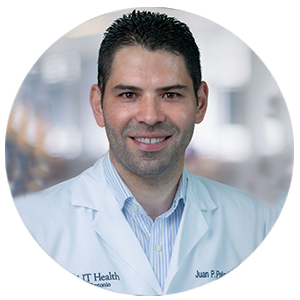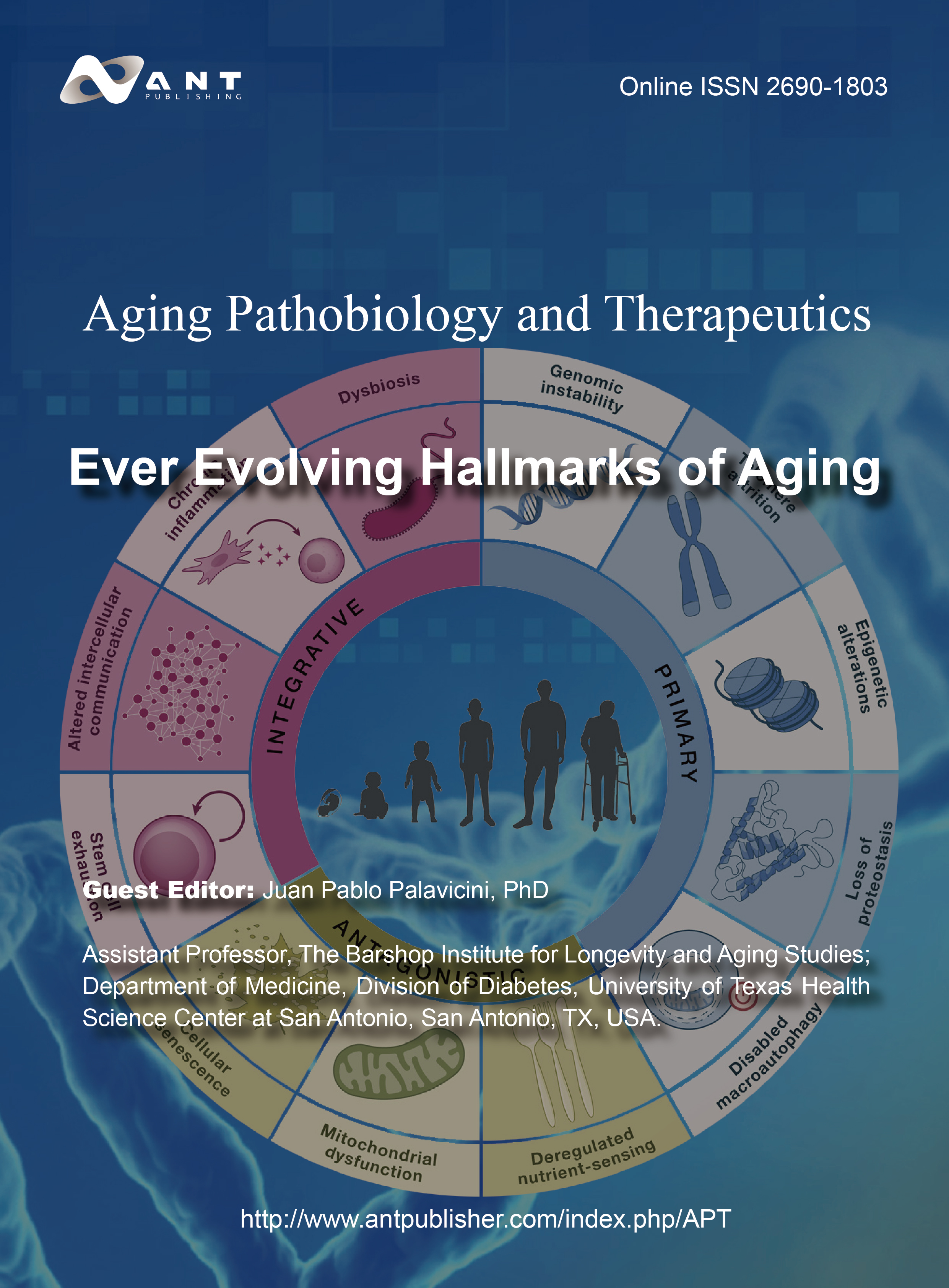Posted On 2023-08-28
 |
Guest Editor: Dr. Juan Pablo PalaviciniAssistant Professor, Department of Medicine, Division of Diabetes, University of Texas Health Science Center at San AntonioEmail: palavicinij@uthscsa.eduWebsite: https://barshopinstitute.uthscsa.edu/team-member/palavicini-jp/ |
 |
Introduction
Aging is characterized by a progressive loss of physiological integrity, leading to impaired function and increased vulnerability to death. Biological aging is the main driver of all major human chronic diseases, including cancer, diabetes, cardiovascular disorders, and neurodegenerative diseases. There have been several attempts to identify the causes of aging, with special emphasis on mammalian and human aging. In 2013, López-Otín et al. proposed 9 hallmarks of aging: genomic instability, telomere attrition, epigenetic alterations, loss of proteostasis, deregulated nutrient sensing, mitochondrial dysfunction, cellular senescence, stem cell exhaustion, and altered intercellular communication. More recently, 3 additional hallmarks of aging were proposed: disabled macroautophagy, dysbiosis, and chronic inflammation (López-Otín et al., 2023). The proposed 12 hallmarks of aging are said to fulfill the following three premises: (1) the time-dependent manifestation of alterations accompanying the aging process, (2) the possibility to accelerate aging by experimentally accentuating the hallmark, and—most decisively—(3) the opportunity to decelerate, halt, or reverse aging by therapeutic interventions on the hallmark. However, even the exponents of these hallmarks recognize that the distinction among hallmarks is intrinsically diffuse, since they interact and are not independent of each other, leading to an inevitable arbitrary classification. In 2014, Kennedy et al., proposed 7 pillars of aging, which were recently renamed as: macromolecular damage, dysregulated stress response, disruption in proteostasis, metabolic dysregulation, epigenetic drift, stem cell exhaustion, and inflammaging (Goh et al., 2021). These themes were not proposed as seven independent factors driving aging, but rather as highly intertwined processes.
This Special Issue will collect original Research Articles, Review Articles, Mini Reviews, Editorials, Letters to Editor, Commentaries, Therapeutic Briefs, Technology Features, Model Profiles, Geropathology Notes and Conference Abstracts describing, discussing, and/or elucidating any aspect related to the causes of aging.
Manuscript Submission Information
Manuscripts should be submitted online at www.antpublisher.com through the online submission system. Once you are registered, click here to go to the submission form. Manuscripts can be submitted until the deadline. All papers will be peer-reviewed. Accepted papers will be published continuously in the journal (as soon as accepted) and will be listed together on the special issue website. Research articles, Review articles as well as Therapeutic Brief are invited. For planned papers, a title and short abstract (about 100 words) can be sent to the Editorial Office for announcement on this website.
Submitted manuscripts should not have been published previously, nor be under consideration for publication elsewhere (except conference proceedings papers). All manuscripts are thoroughly refereed through a single-blind peer-review process. A guide for authors and other relevant information for submission of manuscripts is available on the Instructions for Authors page. APT is an international peer-reviewed open access quarterly journal published by ANT.
Please visit the Instructions for Authors page before submitting a manuscript. Considering limited grants for some researchers, Dr. Ha-Neui Kim and the editorial office made the decision that Article Processing Charges will be fully exempted, which means that there is NOT any manuscript processing or publication fees for your article once accepted after standard peer-review.
Submission Deadline
February 29, 2024
Keywords
Hallmarks of aging, healthspan, autophagy, aging-related disease, biomarker, inflammation, oxidative stress
Participants
Contacts
Alan Zhou, Assistant Editor, apt_alanzhou@antpublisher.com
Updated on Aug 28, 2023
Table of Contents
Research Article
|
Alina Vadimovna Chaplygina, Daria Yurievna Zhdanova
Received: Sunday, February 4, 2024 Published: Thursday, March 28, 2024
|